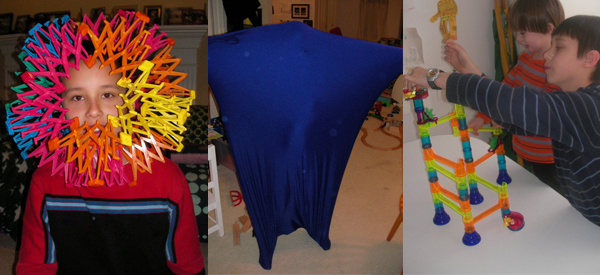
Products
25 Great Toys For Kids Who Don't Play With Toys
Does your child play with toys? If so, this article isn’t for you. You should probably Google “hottest toys of 2012.”- Is your child scared of blinking, beeping toys?
- Is your child unable to understand the rules of most games?
- Does your child lack interest in typical toys?
- Is your child delayed when it comes to basic play skills?



